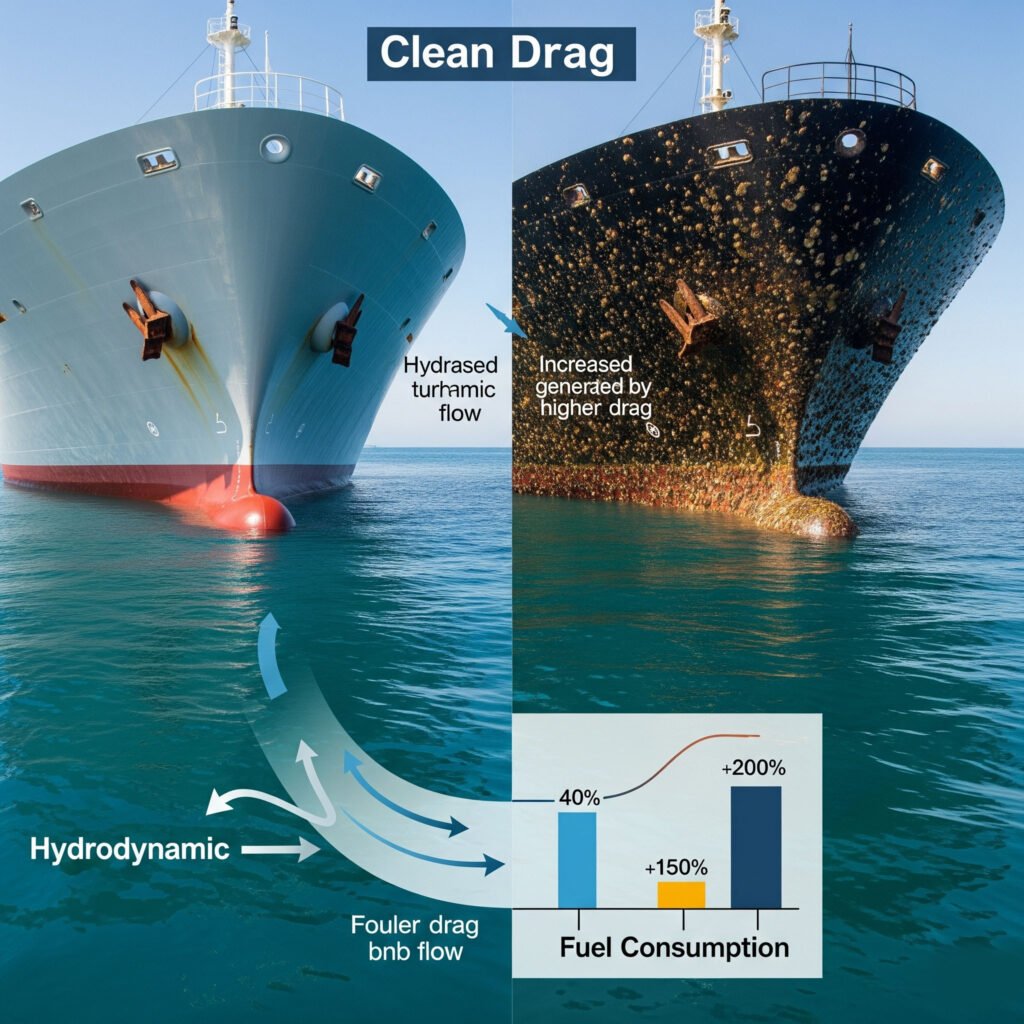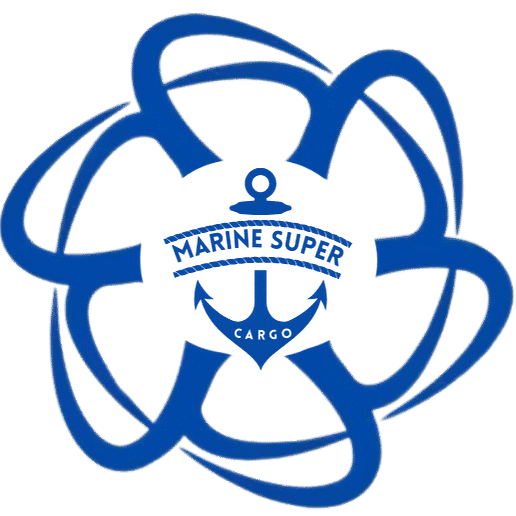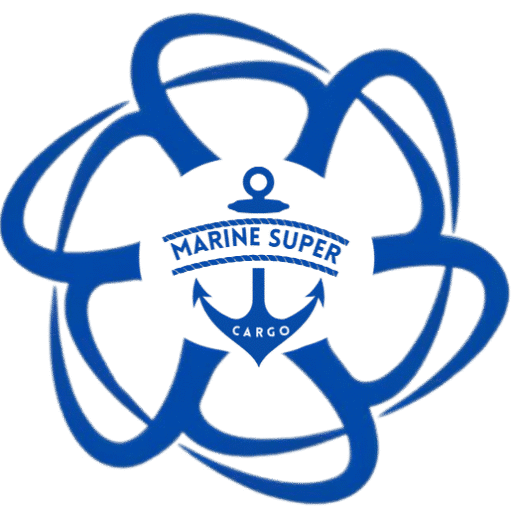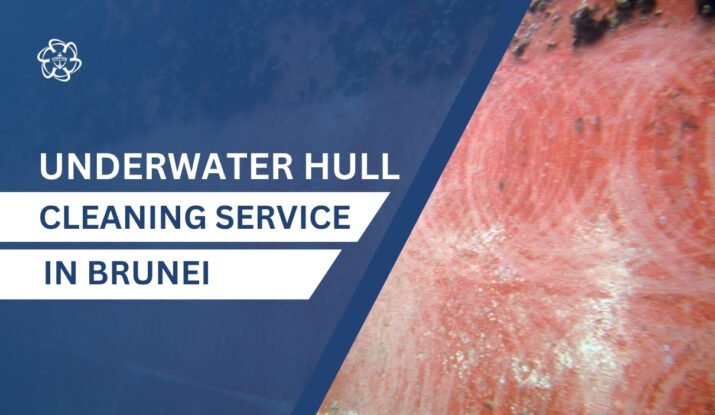Underwater Hull Cleaning in Brunei: Nestled on the northern coast of Borneo, Brunei plays a modest yet strategic role in Southeast Asia’s maritime economy. With increasing demand for efficient vessel operations and stricter environmental regulations, one silent contributor to shipping performance often goes unnoticed: the condition of a ship’s hull. In Brunei’s tropical marine environment, underwater hull fouling can build up rapidly, causing vessels to slow down, consume more fuel, and violate emission standards.
Why Hull Cleaning Is Critical in Brunei’s Waters
Underwater Hull Cleaning in Brunei coastline is surrounded by warm, nutrient-rich seas—ideal conditions for the rapid growth of biofouling organisms like barnacles, algae, mussels, and slime. While this marine growth might seem harmless, it has serious consequences.
Common issues caused by hull fouling:
- Increased drag: Fouling creates surface roughness, increasing water resistance and slowing the vessel.
- Fuel inefficiency: Vessels may burn up to 25% more fuel just to maintain the same speed.
- Higher greenhouse gas emissions
- Damage to anti-fouling coatings, increasing long-term maintenance costs
- Reduced maneuverability, especially for offshore and nearshore operations

With Brunei’s ports—particularly Muara Port and Seria Marine Terminal—handling oil tankers, supply vessels, and cargo ships, regular hull cleaning is no longer optional but a critical maintenance step.
What Is Underwater Hull Cleaning in Brunei
Underwater hull cleaning in Brunei is the process of removing marine growth from a ship’s submerged surfaces—especially the hull, propeller, rudder, and sea chests—without dry-docking the vessel. This is done while the vessel is at anchor or in port, minimizing downtime and maximizing operational efficiency.
Cleaning methods include:
- Diver-based cleaning using hydraulic or pneumatic brushes
- Diver-less cleaning using ROVs (Remotely Operated Vehicles) – a key specialty of CleanShip
- Use of eco-brushes, water jets, and suction systems
- Filtration units to collect and dispose of biofouling safely
CleanShip’s Modern Approach to Hull Cleaning
CleanShip.co is leading the transformation of underwater maintenance in Asia-Pacific, including Brunei. Their systems are designed to clean hulls efficiently while protecting the marine ecosystem. What sets CleanShip apart is its use of non-abrasive, diver-less hull cleaning systems that are both environmentally responsible and technologically advanced.
Core features of CleanShip’s service:
- ROV-based cleaning: No divers needed, improving safety and precision
- Real-time monitoring and HD camera footage
- Eco-friendly brush systems that preserve protective coatings
- Onboard filtration to collect and neutralize biofouling debris
- Full compliance with IMO’s Biofouling Management Guidelines
Their commitment to green cleaning technologies makes them a top choice for ship owners looking to maintain vessels without compromising marine life or regulatory standards.
Benefits of Underwater Hull Cleaning in Brunei
Brunei’s maritime operators can expect substantial gains by investing in regular hull cleaning. Here’s what a well-maintained hull delivers:
✅ Improved Fuel Efficiency
Less drag = less power needed. Ships with clean hulls save up to 25% in fuel costs, a major operational advantage.
✅ Higher Speed and Stability
Vessels can maintain cruising speed more easily and handle better, even in strong coastal currents.
✅ Lower Emissions
Reduced fuel consumption naturally leads to lower CO₂ and NOx emissions, helping vessels meet IMO 2023 decarbonization targets.
✅ Extended Coating Life
Gentle cleaning preserves expensive anti-fouling paints, reducing the frequency and cost of recoating.
✅ Regulatory Compliance
Clean hulls ensure vessels meet Brunei’s environmental protocols and international maritime standards, crucial for avoiding port penalties or inspection delays.
Port Access and Coverage in Brunei
Most underwater hull cleaning in Brunei operations in Brunei occur at:
- Muara Port – Brunei’s largest and busiest international port
- Seria Crude Oil Terminal – Supports offshore and export shipping
- Anchorage zones – Safe, authorized cleaning zones monitored by marine authorities
Step-by-Step: How CleanShip Handles Hull Cleaning
Here’s how a typical underwater hull cleaning in Brunei is conducted
- Inspection
- ROV or divers survey the hull
- Real-time video and fouling level assessment
- Cleaning Plan
- Customized strategy based on vessel type, coating condition, and fouling severity
- Eco-Friendly Cleaning
- Soft brushes or jets remove fouling without damaging coatings
- Waste is captured by filtration units to prevent release into the sea
- Reporting
- Clients receive a comprehensive post-cleaning report including photos, video, and recommendations
- Follow-Up
- Scheduled follow-up inspections help monitor regrowth and plan future cleanings
This approach ensures maximum results with zero environmental violation risk—a major advantage in today’s ESG-focused maritime industry.
Compliance with Brunei’s Environmental & Maritime Standards
Brunei has a strong focus on preserving marine ecosystems. As such, underwater maintenance activities are regulated under:
- Brunei Maritime and Port Authority guidelines
- IMO Biofouling Guidelines (MEPC.207(62))
- ASEAN Marine Environment Protection Framework
CleanShip.co adheres to all of these, ensuring:
- No release of invasive species
- No chemical contamination
- Wastewater is properly treated
- Cleaning zones are approved and safe for operations
Why Choose CleanShip in Brunei?
Whether you’re managing a fleet of tankers, supply vessels, or coastal craft, CleanShip offers:
- Expertise in tropical fouling conditions
- Fast turnaround times
- Technician and ROV teams trained for local port operations
- Transparency in service reporting and pricing
- A solid reputation across Asia-Pacific ports
By choosing CleanShip, you’re not only improving vessel efficiency—you’re aligning with a partner that’s invested in environmental stewardship.
The Future of Hull Maintenance in Brunei
As global shipping shifts toward decarbonization, digitalization, and sustainability, Brunei’s maritime operators must keep up. CleanShip is at the forefront of these trends, offering:
- AI-based fouling prediction
- Cloud platforms for fleet hull condition tracking
- Autonomous cleaning robots that work during port layovers
- Future-ready solutions that make maintenance smarter, greener, and more cost-effective
Conclusion: Smoother, Greener Sailing with CleanShip
Underwater Hull Cleaning in Brunei thriving maritime ecosystem, underwater hull cleaning in Brunei is not just about aesthetics—it’s about performance, compliance, and sustainability. The build-up of marine growth affects speed, fuel use, emissions, and long-term operating costs. Regular underwater hull cleaning in Brunei can drastically improve outcomes for shipping companies, oil & gas operators, and vessel owners alike.
Underwater Hull Cleaning in Burnei, you gain more than just a clean hull—you gain a strategic advantage. Their combination of ROV technology, eco-filtration, skilled technicians, and compliance-ready practices ensures that your vessel sails faster, burns less fuel, and protects marine ecosystems.
FAQs:
1. How is underwater hull cleaning in Brunei performed in Brunei without dry-docking the vessel?
Underwater hull cleaning in Brunei is typically carried out using divers or remotely operated vehicles (ROVs). These tools remove marine growth while the ship is still afloat, either in port or at anchorage.
2. How often should ships be cleaned underwater in Brunei?
It depends on the type of vessel, trade route, hull coating, and how often it remains idle in warm waters. However, most vessels operating in Brunei’s tropical conditions benefit from underwater cleaning every 4 to 6 months to prevent performance loss due to biofouling.
3. How do operators know if their hull needs cleaning?
Signs include increased fuel consumption, decreased speed, and poor maneuverability. Professional providers like CleanShip offer underwater inspection services using ROVs, which capture video footage to assess fouling levels before cleaning.
4. How long does the underwater hull cleaning process take?
The cleaning time can vary based on vessel size and fouling severity, but on average, it takes between 4 to 12 hours. CleanShip’s efficient ROV technology allows for faster turnaround without compromising safety or quality.
5. How is the waste from hull cleaning managed?
Responsible service providers like CleanShip.co use onboard filtration and capture systems that collect all biofouling and prevent it from entering the marine environment. This ensures compliance with IMO guidelines and Brunei’s maritime waste disposal regulations.


